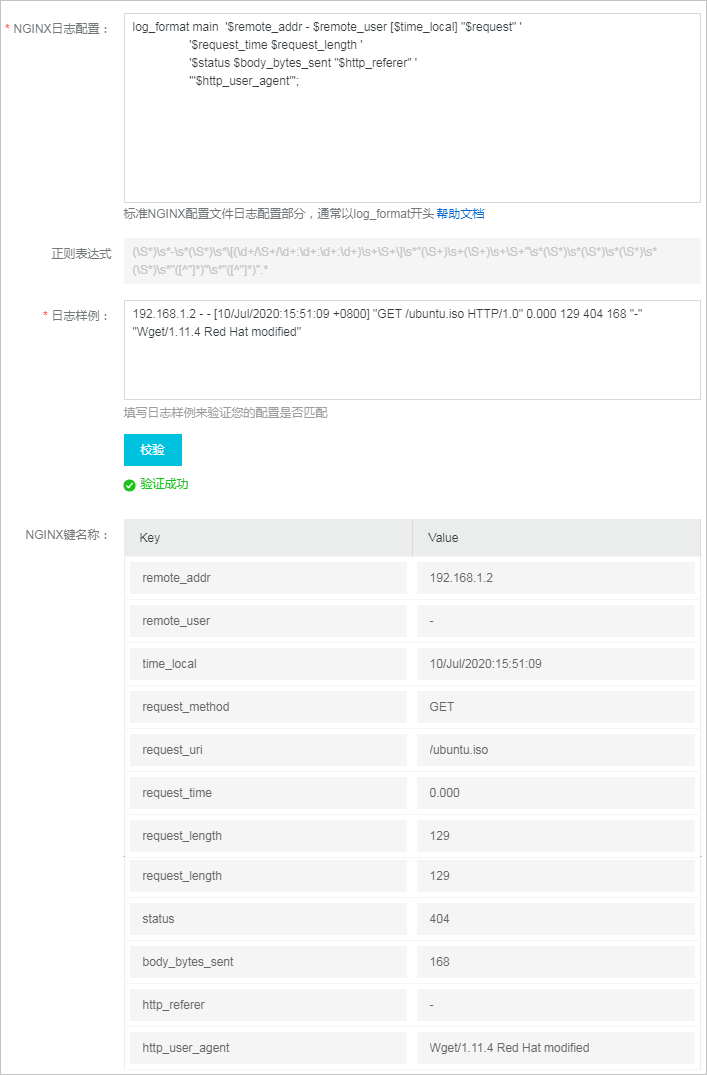
You don’t know who any of the characters are, how they know each other, what the rules for this world are, or any other myriad information that would be useful for connecting with the story. On the other hand, newcomers without any background with the anime or manga will be completely lost as to what’s going on.Īside from blink-and-you-miss-it name cards that appear next to each character in the beginning, you’re given almost no introduction for the events that are unfolding. On one hand, it’s a good idea to start off the game’s story here as the whole idea of the guild needing to ‘rebuild’ gives a reasonable explanation for why all these developed characters have to start from the bottom again. Buried in debt and mostly forgotten by the community, Fairy Tail needs to re-establish itself as the best guild around while also forging a new path forward for themselves. The story picks up in the final act of the Tenrou arc, which sees the guild experiencing a seven-year time skip that leads to their beloved reputation being completely dismantled. Fairy Tail was clearly never meant to be a game that shoots for the stars, and while it doesn’t make any egregious mistakes in the experience it offers, there’s very little here to spur excitement or high praise. It does almost nothing to set itself apart from its genre peers, but you also know what you’re getting if you choose to pick it up. It’s unambitious and fails to make much of an impression, but it never presumed to do so.
#LOGTAIL REVIEW SERIES#
Fairy Tail – the newest video game adaptation of the popular anime series – is the video game equivalent of that cheap cheeseburger. Part of the appeal is that you know exactly what you’re getting out of the experience it’s cheap, easy, tastes reasonably good, and doesn’t cost a ton. Not one of those fancy burgers that come with everything but the kitchen sink, or those made out of some specially treated beef, but just the bog-standard and no-frills patty that you can get at just about any fast food joint. But the book should come with a warning: There’s more to this economy than chasing tail.Captured on Nintendo Switch (Handheld/Undocked)Įvery now and then, it’s nice to have a good cheeseburger.

That’s an achievement worth celebrating, and it’s why the Long Tail can leave us feeling like cavemen looking at a map of the world for the first time. It shows, graphically, the difference between the mass culture we’ve had, and the folk culture we’re bringing back. It is best and strongest when it helps us understand what’s happening to our culture. The Long Tail isn’t useful as a theory of everything.

If you call that a Long Tail, then the word means nothing more than “make easier to buy.” And then everything from the Yellow Pages, to paper money, to my real estate agent has suddenly grown a Long Tail. Anderson says that eBay “is both the Long Tail of products and the Long Tail of merchants.” But eBay is easy to understand without picking up The Long Tail: It lowers the transaction costs of buying and selling used goods, whether they’re niche products or not. But, at their worst, these examples threaten to make the phrase Long Tail meaningless. He also makes a valiant effort, near the end of the book, to show the Long Tail in action outside the entertainment industries, using eBay, KitchenAid, and a company called. To his credit, Anderson briefly mentions the standardization problem.

Their standardization makes accessing the Long Tail possible. For example, there’s the telecommunications side of the Internet, the backbone carriers that exist purely to deliver content. Instead, for every diverse Long Tail there’s a “Big Dog”: a boring standardized industry that isn’t sexy like Apple or Amazon but that delivers all that niche content you’re hungry for. What the book doesn’t get at is the relationship between these standards-driven industries where the Long Tail doesn’t matter, and the content industries where it does. Do people want 10 different types of (incompatible) Internet connections? Or just the fastest one they can get? How about 30 types of (incompatible) Ethernet cables? But in the information-transport industry, standardization is usually more important. Most of Anderson’s examples are content firms, where product diversity is almost always a good thing. But sometimes they prefer a standard or compatible product. Sometimes consumers want a diverse set of product offerings. The key issue is the question of standardization. The Long Tail also sometimes doesn’t work in its home category: the information-technology industries.


 0 kommentar(er)
0 kommentar(er)
